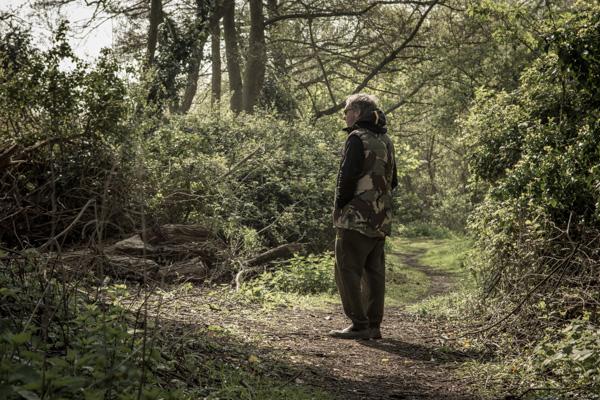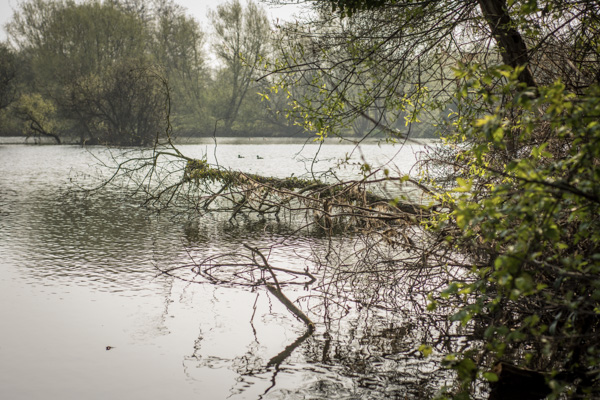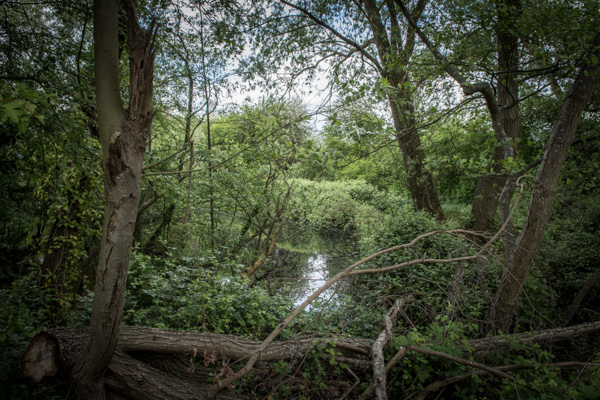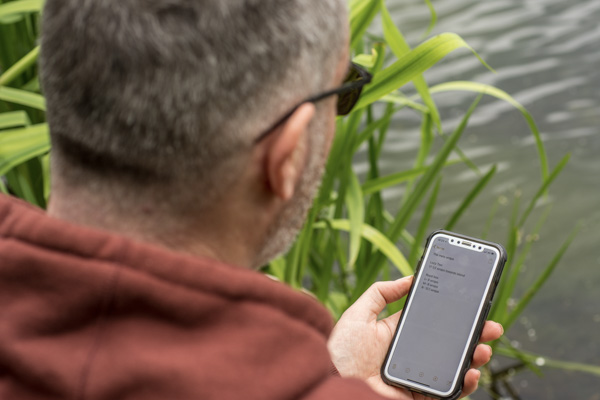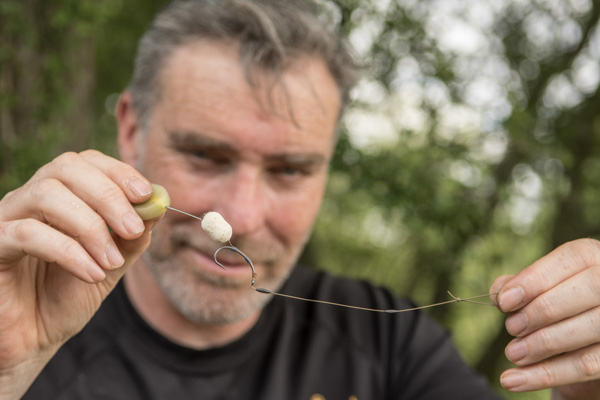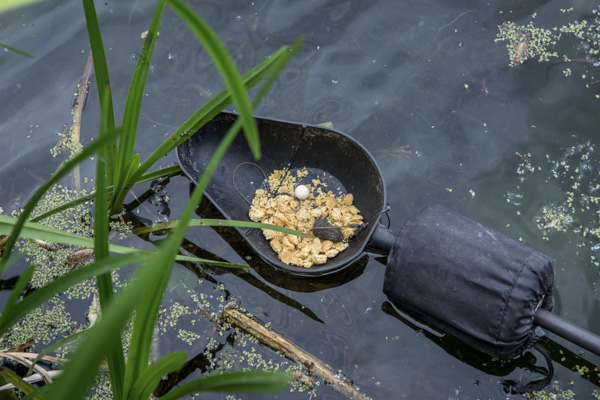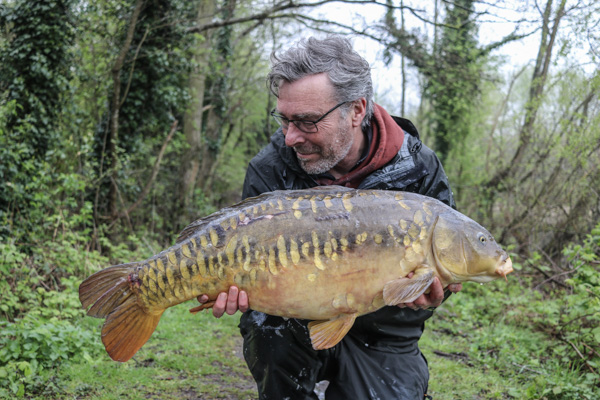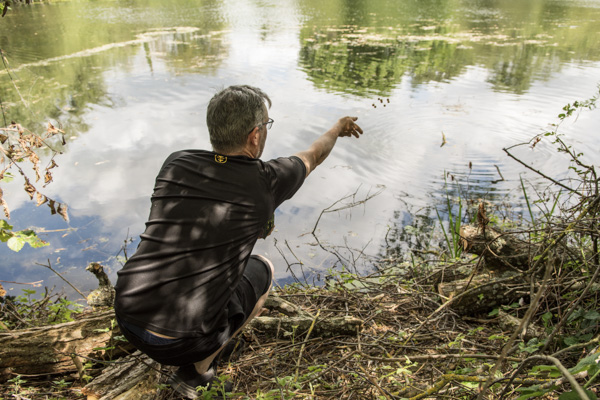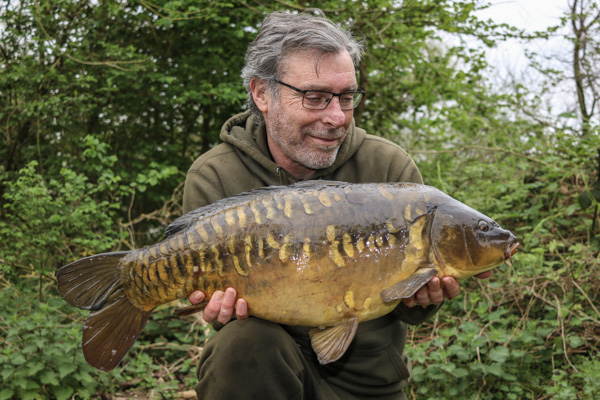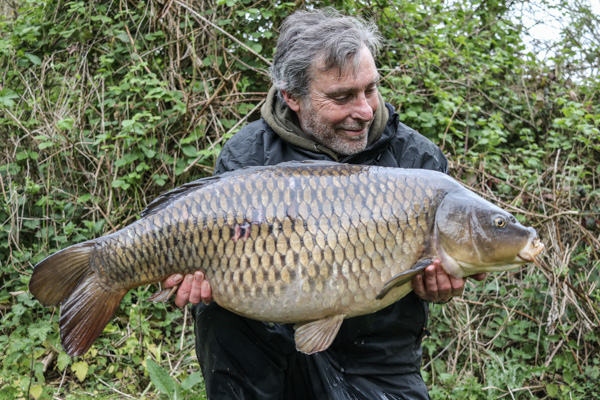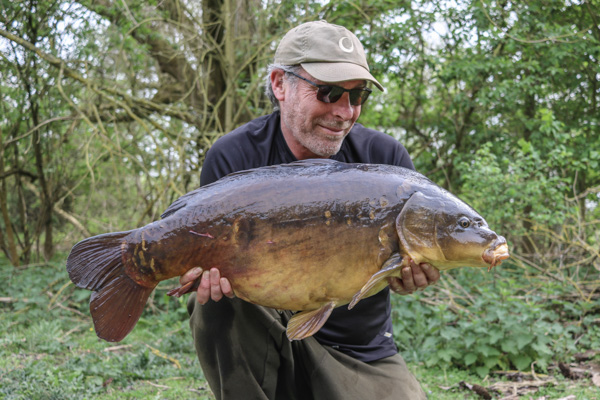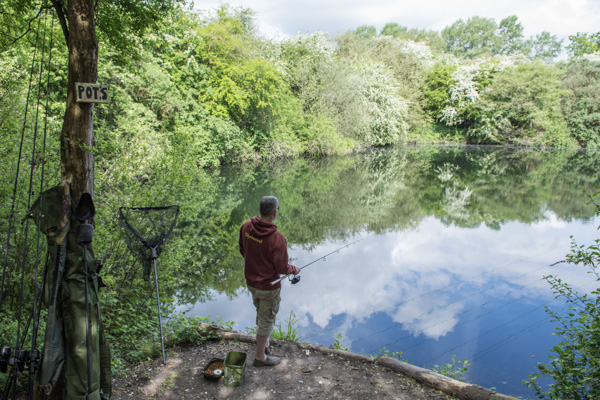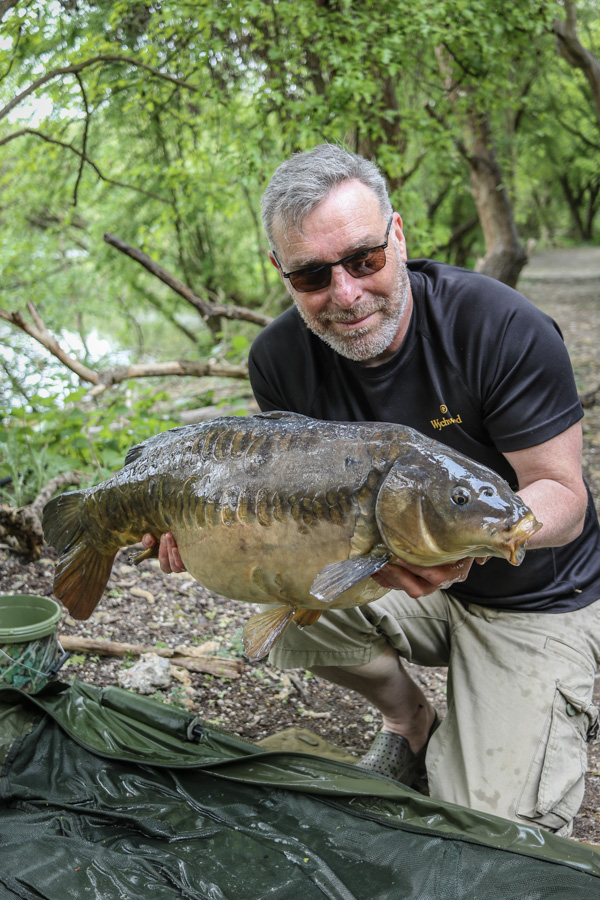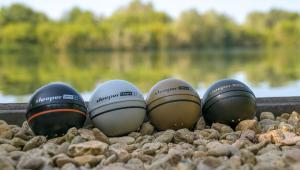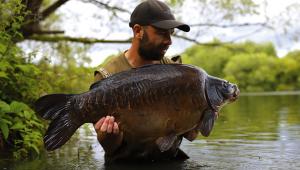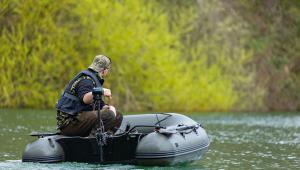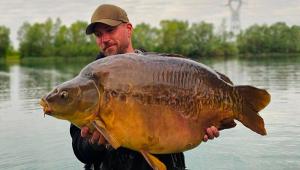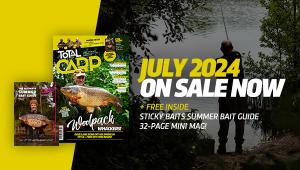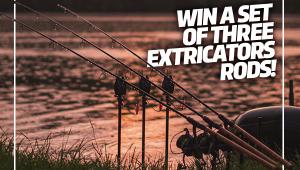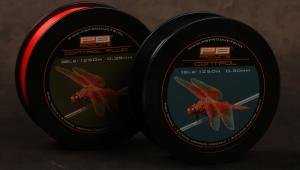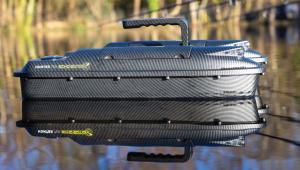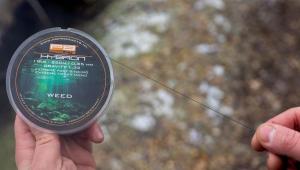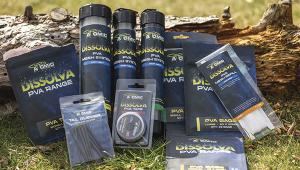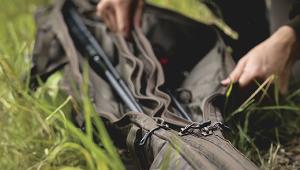CAMPAIGNING ON A DAY TICKET | Part I
With an angling friend running the fishery I’ve recently spent some time on, it was inevitable that I’d get down there for a trip or two throughout the year; little did I know how captivating it would become. With several syndicate ticket options in the frame, my walk around Thorney Weir Mets Lake really captivated me from the off. Fishery manager David Vaughan marched me round the lake in question, pointing out the fish-holding snags, bays, islands and bars as we went, and I think even he was a bit taken aback by my reaction.
Despite Mets Lake being a day-ticket venue, you can also buy an annual ticket for it. Remarkably it can often be quiet, and with a largely unknown stock – many of which have gone uncaught for countless years – the difficulty of catching these inhabitants could easily frighten you off. With unkempt banks and the naturally twisty, up and down terrain making it far from a gravel-path highway, the Mets was an oasis all of its own and one I couldn’t have imagined, so much so that I’d handed my money over before I’d got back to the car park.
I’d travelled down straight from my night shift with the intention of paying for a few nights angling on Thorney, just over the river, but having fallen in love instantly I knew Mets was where I wanted to spend my regular weekly sessions. Short underarm flicks, fishing tight to snags, creeping into small, shallow bays and inching my way up trees – this was heaven on a plate for me.
Having not seen the lake until that day I had nothing other than the information Dave had given me on the walk round to go off; I’d done no research on the lake either, so it was all coming at me thick and fast. Having spent a year on Church Lake, which I loved, this was going to be a different kettle of fish. Quieter banks, less open-water fishing up to the back of the opposite bank spots and a largely unknown stock had me champing at the bit.
I had seen the odd fish photo in passing conversations with Dave, so I knew the scaly mirrors that resided in the lake were stunning creatures. I barrowed round to a swim that was right in the middle of the lake, known as Lazy 2 – it’s the closest but one to the car park, a short barrow journey away. It commanded plenty of water, but crucially I could see a lot of water.
It was a Saturday, and the overspill from Thorney being full meant the lake had a fair few anglers on. Not a lot occurred that night, and as the masses departed throughout the morning on Sunday, the world was my oyster as it were. I moved that afternoon further up the bank to a swim called Bench (yes, there’s a bench in the swim).
To cut a long story short I lost one on a zig. It sounds strange to think I was fishing zigs on the lake as it’s been described so far, but there are a few open-water swims and Bench was one of them. The conditions seemed right and having a take proved just that. I’d turned up with my usual kit, and nothing was out of the question, I had no pre-conceived ideas at all. It was an absolute belting run but the line parted two to three inches below the hook; whether it was a dink in the line or something else I don’t know, but these things happen from time to time.
It was approaching my second session and I knew I wanted to try and get round the lake a bit. With it being an open-access day-ticket water, it was always possible that I could turn up to a busy lake, so I kind of hatched a plan to move around as many swims as possible to build up a map of the lake with my own findings. Spots, substrate and distances were one thing, but getting a feel for how the fish moved in and out of areas would be the real piece of the jigsaw puzzle.
I didn’t want to move for the sake of it so it was imperative to be near fish each session, first of all. Phone notes for each swim I fished and an accompanying photo should give me all the detail I would usually forget. Another thing weighing heavy on my mind was to keep lines to a minimum. Fishing two rods or even just one if the spot dictated was something I needed to stick to my guns on, despite the water allowing three rods.
My second session was soon under way and I dropped into a swim called Royal Box, which not only had fish visible, but had recent form too. I set about getting the gear up after I’d put the rods out, and opting to fish only two rods as it’s a tight swim, I managed to cast over to the far bank. This enabled me to utilise my baiting pole and place my rigs exactly where I wanted them, in the snag-lined corner. Pointing the rod at the spot and fishing locked-up was essential, as well as ensuring my bankware was very stable, which gave me every chance of landing my first carp.
The morning came quickly after a relatively quiet night, but that didn’t stop me cradling my very first capture from Mets Lake in my arms, a stunning 27lb 8oz linear – and what a fish it was too. It was exactly what I joined the water for and instantly made that lost fish the week before a distant memory.
My confidence was up and if that continued I knew I’d be in the right place to catch more carp. It’s a 2½ to 3hr drive for me to get to the lake, and doing that straight from a night shift enables me a three-night session on a weekly basis, but I didn’t want to turn up to camp either, so it was important I found a few pieces of the jigsaw early on. Even if the water was quite full I’d still want to be in with a chance, hence my idea to fish around the lake as much as possible to build the picture and keep my confidence up no matter where I plotted up on fish.
Two, three or even four laps of the lake isn’t out of the question, and it’s a fair size water with the sheer number of bays and snags to take a considered look at. It’s not a walk in the park but I knew how important it was to be on the fish; this session it had paid off early and I really settled into my fishing from that point on.
I’ve no worry to sit, stand or perch for hours looking for and watching the fish – which way they come into a swim, which area they exit, where they like to hold, where they gravitate towards. Sometimes I’ve not been setting up until late afternoon despite arriving at 8am; I can’t put into words how important this part of the session is for me.
The old ‘spot within a spot’ thing has been fresh in my head since starting on the Mets; you might find a group of fish basking on the surface in the corner, and you might think “That’s where they are”, but are they feeding? Probably not. A chance on the surface may be there but if it’s a snaggy bay you probably won’t be safe, so the biggest thing I learnt on my new campaign was to go to the lake with an open mind, see no opportunity as a one-dimensional hunt and explore my options.
I stayed in the same swim for the entire second session, with plenty of liners and fish activity but I couldn’t buy another bite, which was a little frustrating. I’d learnt plenty, and with hindsight I believe I should have caught more, but at the time I was happy to leave with a few more lines in my notes, and a better picture of the lake – another area visited, as it were. I know I’d fish it slightly differently next time I dropped in there anyway.
Session three was under way after the usual, and somewhat inconvenient, four shifts at work. Two days, followed by two nights and I was flying down the motorway itching to get back to the lake – Red Bull really does give you wings!
A few laps of the lake and the weather was significantly warmer than on the previous two. One particular swim called The Cut-Through had everything I needed to allow me to settle in for the first part of my session. To the left and out the back was some deeper water, and to the right an island surrounded by shallow water. I could see fish ghosting on top of this wide, shallow, gravelly plateau. Now and again they were stopping and it looked as if they were feeding on it, so I catapulted a few 12mm boilies on top of this bar when the area was clear. To my amazement, when they drifted back over they were feeding quite readily. All I had to do then was get a rod in position without causing a World War Three-style eruption.
A few single boilies were catapulted out to gently move the fish off and I soon had a rod positioned with a critically balanced wafter and light leads, right on top of the gravel hump. Within an hour the rod rattled off, I actually saw the bow wave before the alarm sounded, exciting stuff indeed. Just a small stockie for my efforts at 21lb 8oz but another great confidence boost and the pressure was off. It charged around the swim to the nth degree so you can imagine my surprise when they were back shortly after weighing and photographing the fish. I fired a few more baits out but sat for at least half an hour to allow them to feed and drift off before putting the rod back out.
I expected that to be it until the morning with the commotion and disturbance in the water, but I was very wrong, a clonking 35lb common fed on the very same spot and was soon in my landing net – I could not believe it!
About two-thirds of the way across there was a deeper silt channel. I put a lead through there and it was a light grassy weed on the bottom, so I put a second rod out to see if they would drop down into the deeper water near to where they were in the heat. The weather was due to change and I had two more days ahead of me. I had the best of both worlds from the same swim and also within very short range of the bank, minimal disturbance and lines kept to a minimum.
By the end of the session the silt pocket had done me three bites, all in the early mornings once the daylight had filled the sky, and the gravel did a third bite also before packing up for the long journey home, this time in the evening when the water was at its warmest. Nothing huge came after that big common, but a 26-pounder and a few doubles were very welcome. I also lost one towards the end of that session too – I couldn’t stop it. It took and took and took until eventually it slipped the hook – the one that got away, and of course, it felt big too!
Because of the nature of my shift work and holiday entitlement, I always take a break in spring and a break in autumn; it allows me a really long session on the bank and, naturally, it seemed the perfect time to take it as May began. I’d already been getting among them.
I spent the first day of the session walking the lake, helping Dave remove some snags from Royal Box after he had gone out in the boat to check a fish wasn’t snagged, and watching some carp basking in the sunshine. I had a huge amount of nights ahead of me, so there was no rush to react to anything before the bank-holiday weekend madness began in two days’ time.
First port of call at was the area I’d seen the fish basking on the surface. Despite being a deeper area of 11 to 12 feet, they were happily packed into the bay. I hurried around with my floater kit after going back to the van and flicked a few floaters out. They hit them straightaway and I’d already run back round with my kit, so I had to take a few minutes to catch my breath. I had my new FLTR rod with me so that was adding to the anticipation. It wasn’t long until, after a few tentative snatches at the hook bait, I hooked a big plated 21lb linear. A lovely fish too.
It was late by the time I finished surface fishing, hoping for another, so I dropped in there for the first night, hopeful of what was to come over the next week, but I’ll leave that for next time. There’s a lot to tell…
DAY TICKET CAMPAIGNING | PART II COMING SOON!
KEEP AN EYE OUT FOR THE NEXT PART OF MARK'S CAMPAIGN!
- Log in or register to post comments
